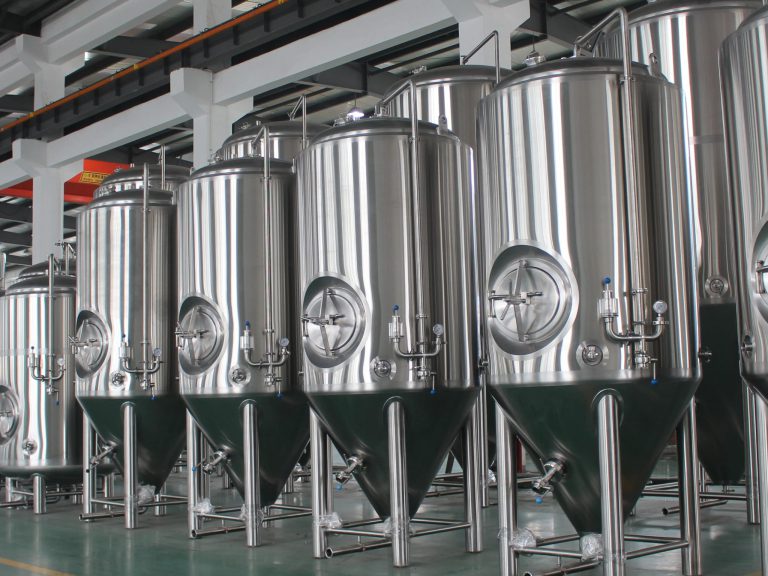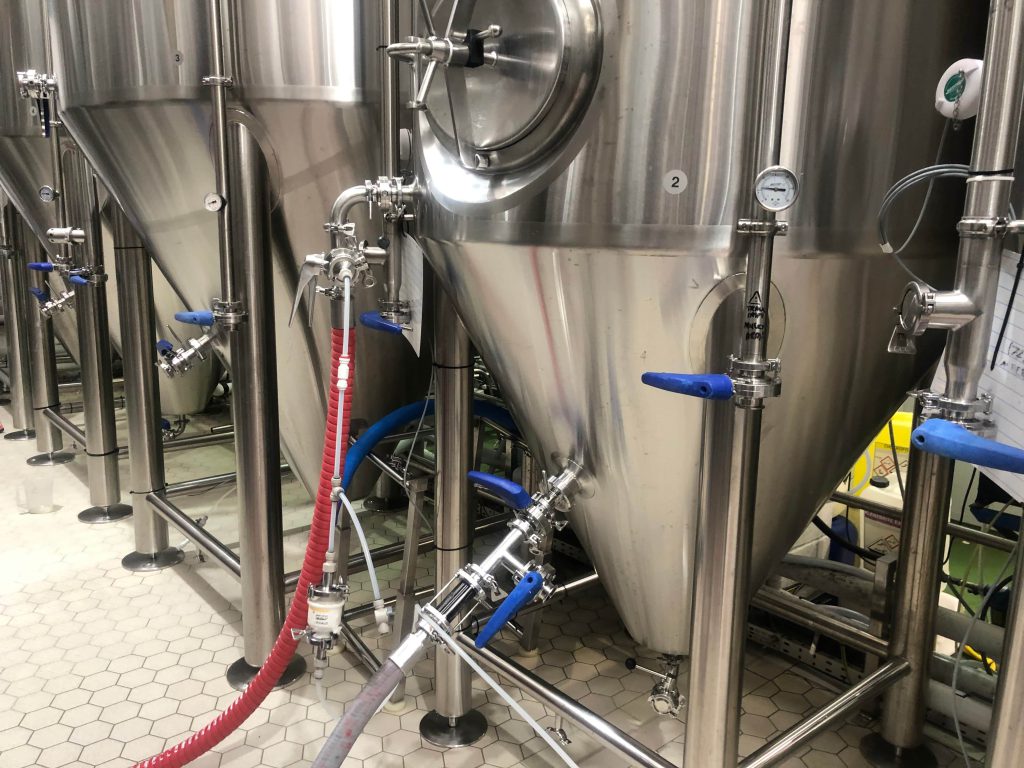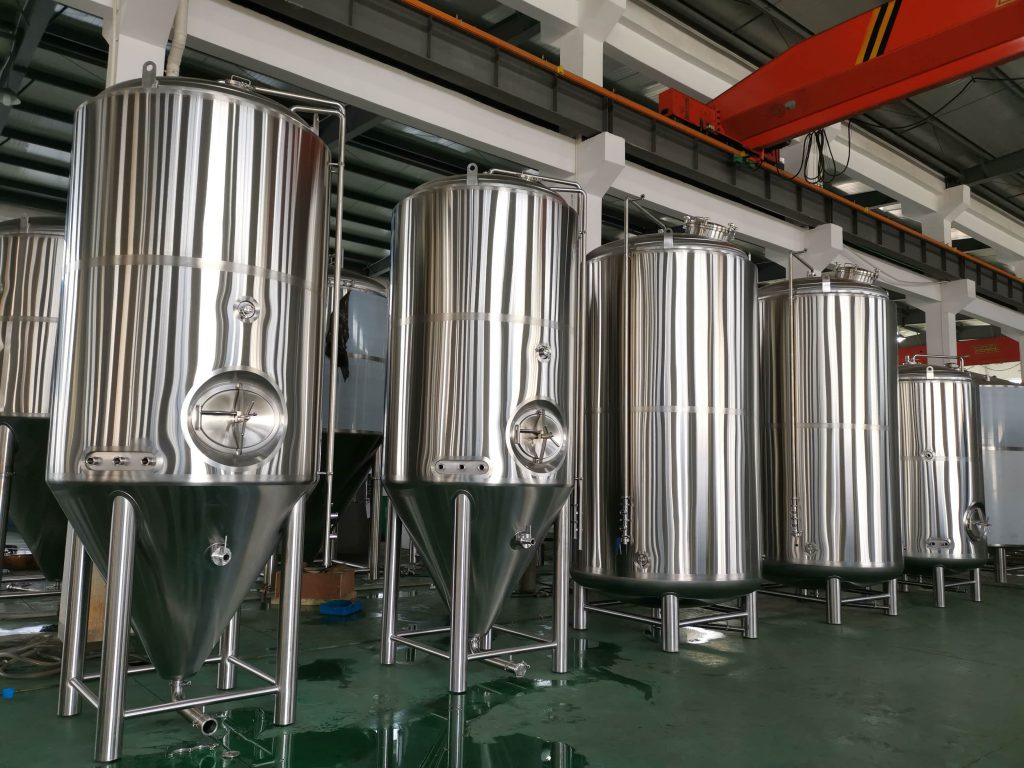Introduction

Fermentation vessels are integral to the process of converting raw materials into various fermented products such as beer, wine, yogurt, and sauerkraut. These vessels provide a controlled environment where microorganisms thrive and transform substrates into desirable end products. Understanding the nuances of different fermentation vessels—ranging from traditional clay pots to modern stainless steel tanks—is essential for optimizing fermentation outcomes.
Types of Fermentation Vessels
Traditional Vessels
Traditional fermentation vessels, such as clay pots and wooden barrels, have been used for millennia across different cultures. Clay pots are porous and allow for gradual air exchange, which can influence the flavor and texture of fermented foods like kimchi and miso. Wooden barrels, often made from oak or other hardwoods, provide a unique environment due to their porosity, allowing micro-oxygenation that enhances flavors in wines and spirits.
Modern Stainless Steel Tanks
In commercial settings, stainless steel tanks are favored for their durability, hygienic properties, and ease of cleaning. These vessels are non-reactive, meaning they do not impart flavors or alter the characteristics of the fermenting product. Stainless steel tanks also offer precise temperature control, crucial for maintaining consistency in fermentation processes such as brewing beer or fermenting dairy products.
Plastic and Glass Containers
Plastic and glass containers are commonly used in home fermentation and small-scale production. Glass vessels are inert and transparent, allowing for easy observation of the fermentation process. Plastic containers are lightweight, affordable, and come in various shapes and sizes, making them versatile for fermenting foods like pickles and kombucha. However, plastic may not provide adequate insulation against temperature fluctuations compared to other materials.
Fermentation Bags and Flexible Containers
Fermentation bags and flexible containers are increasingly used in industrial fermentation settings due to their scalability and ease of handling. These containers can be customized for different volumes and shapes, accommodating large-scale fermentations in industries such as pharmaceuticals and biofuels production.
Materials Used in Fermentation Vessels
Fermentation vessels are made from various materials, each with its own advantages and considerations:
| Material | Characteristics | Applications |
|---|---|---|
| Stainless Steel | Durable, non-reactive, easy to clean | Beer, wine, dairy |
| Wood | Porous, flavor-enhancing | Wine, whiskey |
| Clay | Porous, traditional, natural insulation | Kimchi, sauerkraut |
| Glass | Transparent, easy to observe | Vinegar, kombucha |
| Plastic | Affordable, lightweight | Yogurt, pickles |
Design Considerations
The design of fermentation vessels significantly impacts the fermentation process:
- Size and Shape: Determines heat distribution and surface area exposure, affecting fermentation kinetics and microbial activity.
- Sealing Mechanism: Influences gas exchange and microbial contamination control. Some vessels, like wooden barrels, rely on barrel heads and bungs for sealing, whereas others, such as stainless steel tanks, use tight-fitting lids.
- Insulation: Maintains stable fermentation temperatures critical for consistent product quality. Insulated vessels like stainless steel tanks are equipped with cooling or heating jackets to regulate temperatures.
- Agitation and Mixing: Essential for homogeneous fermentation, especially in large vessels where mixing ensures uniform distribution of nutrients and microorganisms.
The Science Behind Fermentation

Fermentation vessels create an environment where microorganisms metabolize sugars into alcohol, acids, or gases. Key scientific principles include:
- Microbial Activity: Yeasts, bacteria, and molds catalyze biochemical reactions, producing enzymes that break down complex substrates into simpler compounds.
- Temperature Control: Optimal fermentation temperatures vary by microorganism and product. For instance, lager yeasts ferment best at cooler temperatures (~10-15°C), while yogurt cultures thrive at higher temperatures (~40-45°C).
- Anaerobic vs. Aerobic Conditions: Different vessels support varying oxygen levels crucial for microbial growth and product characteristics. Anaerobic conditions favor alcohol production in beer and wine, while aerobic conditions promote vinegar and kombucha fermentation.
Conclusion
Selecting the right fermentation vessel is paramount to achieving desired fermentation outcomes. Whether choosing traditional vessels like wooden barrels for their flavor-enhancing properties or modern stainless steel tanks for their hygienic advantages, understanding the material properties, design considerations, and scientific principles behind fermentation vessels is essential. Each vessel type offers unique benefits that influence factors such as flavor development, product consistency, and microbial safety.
FAQ
Q:What is the best material for fermentation vessels?
A:The best material depends on the specific fermentation process and desired outcomes. Stainless steel is versatile and widely used, while wood and clay offer unique flavors.
Q:How do fermentation vessels affect flavor development?
A:Porous materials like wood and clay can impart characteristic flavors due to microorganism interactions and controlled oxidation. Stainless steel and glass vessels maintain product purity without altering flavors.
Q:Why is temperature control crucial in fermentation?
A:Temperature influences microbial activity and enzymatic reactions, affecting fermentation kinetics and product quality. Maintaining consistent temperatures ensures predictable fermentation outcomes.
Q:Can fermentation vessels be reused?
A:Yes, many vessels are reusable with proper cleaning and sanitation practices. Stainless steel and glass vessels are particularly durable and suitable for multiple fermentation cycles.

